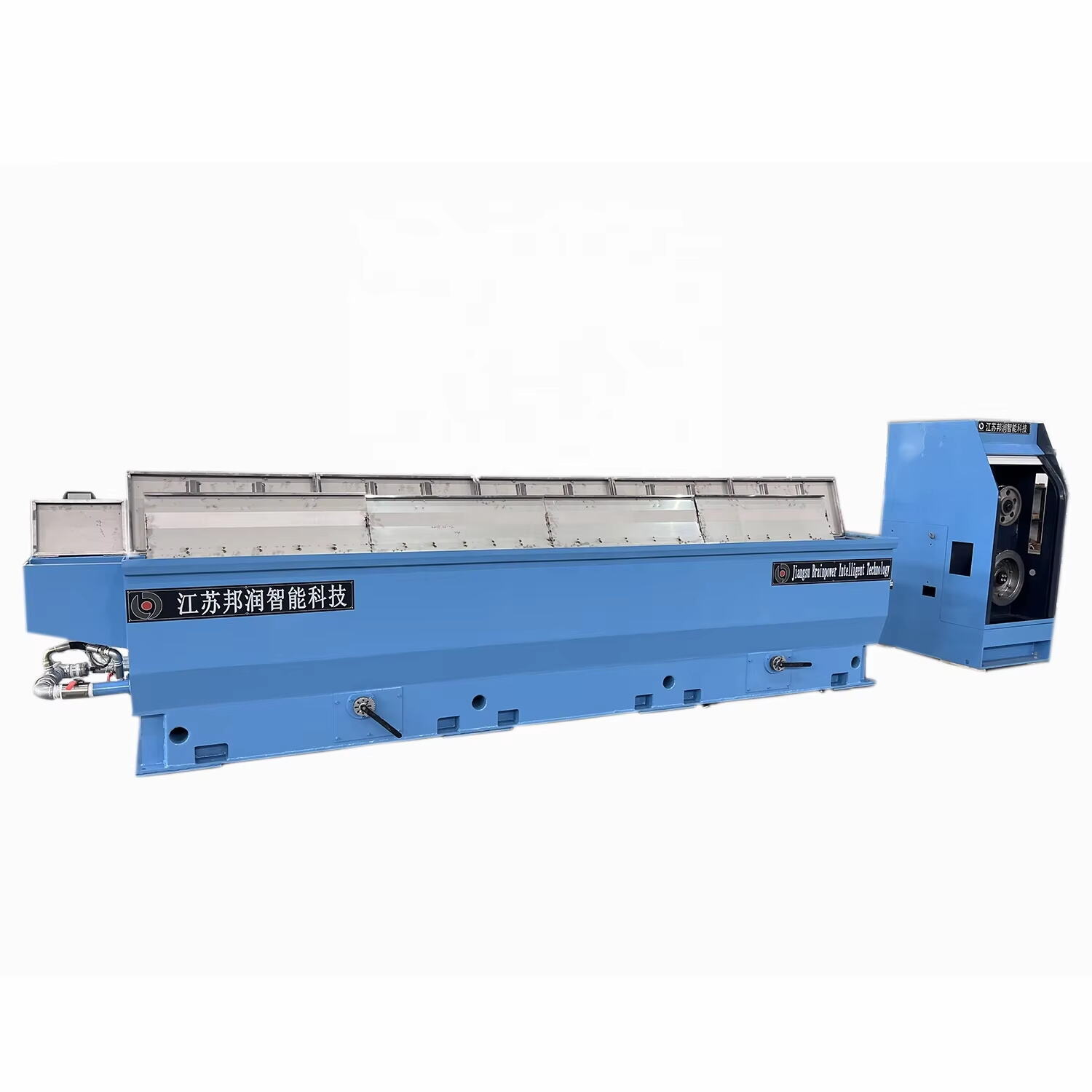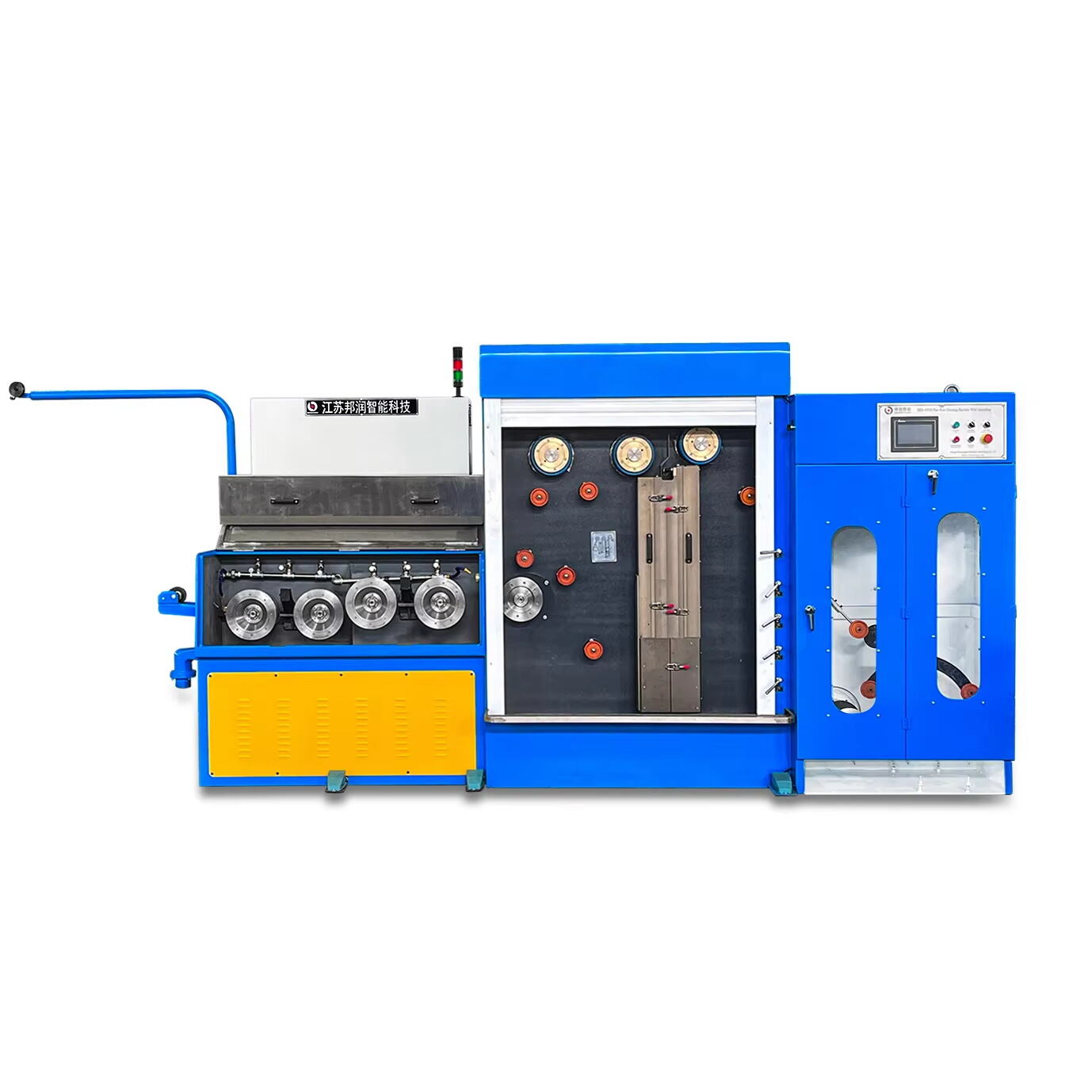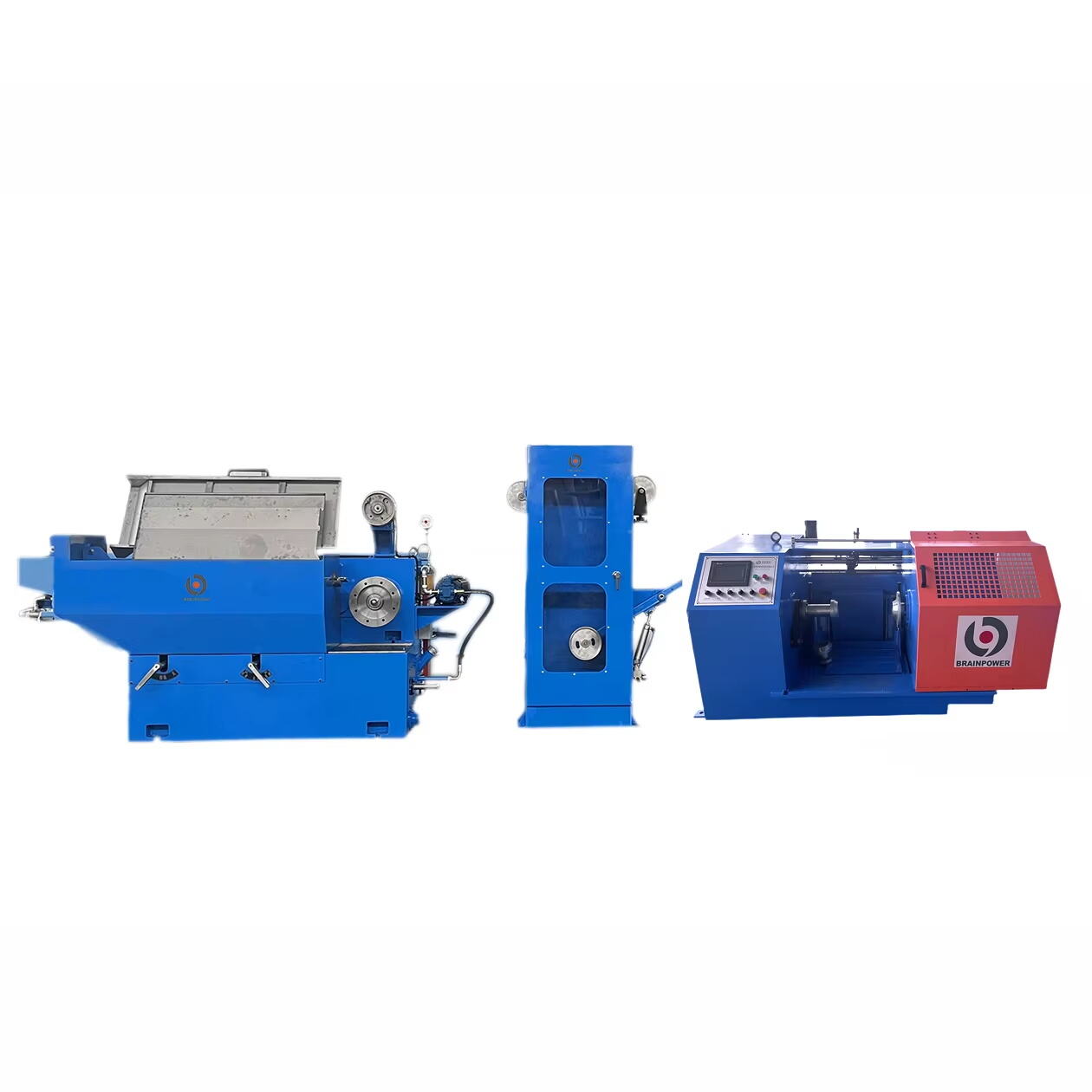wet wire drawing process
Wet wire drawing is an advanced manufacturing process that involves pulling metal wire through a series of dies while submerged in a lubricating solution. This technique significantly reduces friction and heat generation during the drawing process, enabling the production of high-quality wire with precise dimensional accuracy. The process begins with wire preparation, where the material is cleaned and treated before entering the drawing solution. As the wire passes through multiple dies of decreasing diameter, the lubricant continuously cools and lubricates both the wire and dies, preventing surface damage and ensuring optimal drawing conditions. The wet drawing process is particularly effective for producing fine gauge wires used in electronics, medical devices, and precision engineering applications. The technology incorporates sophisticated control systems that monitor and adjust drawing speeds, tension, and lubricant properties to maintain consistent product quality. Modern wet wire drawing machines can achieve high production speeds while maintaining excellent surface finish and mechanical properties of the drawn wire. This process is essential for manufacturing various products, from surgical instruments to automotive components, where dimensional accuracy and surface quality are crucial requirements.




